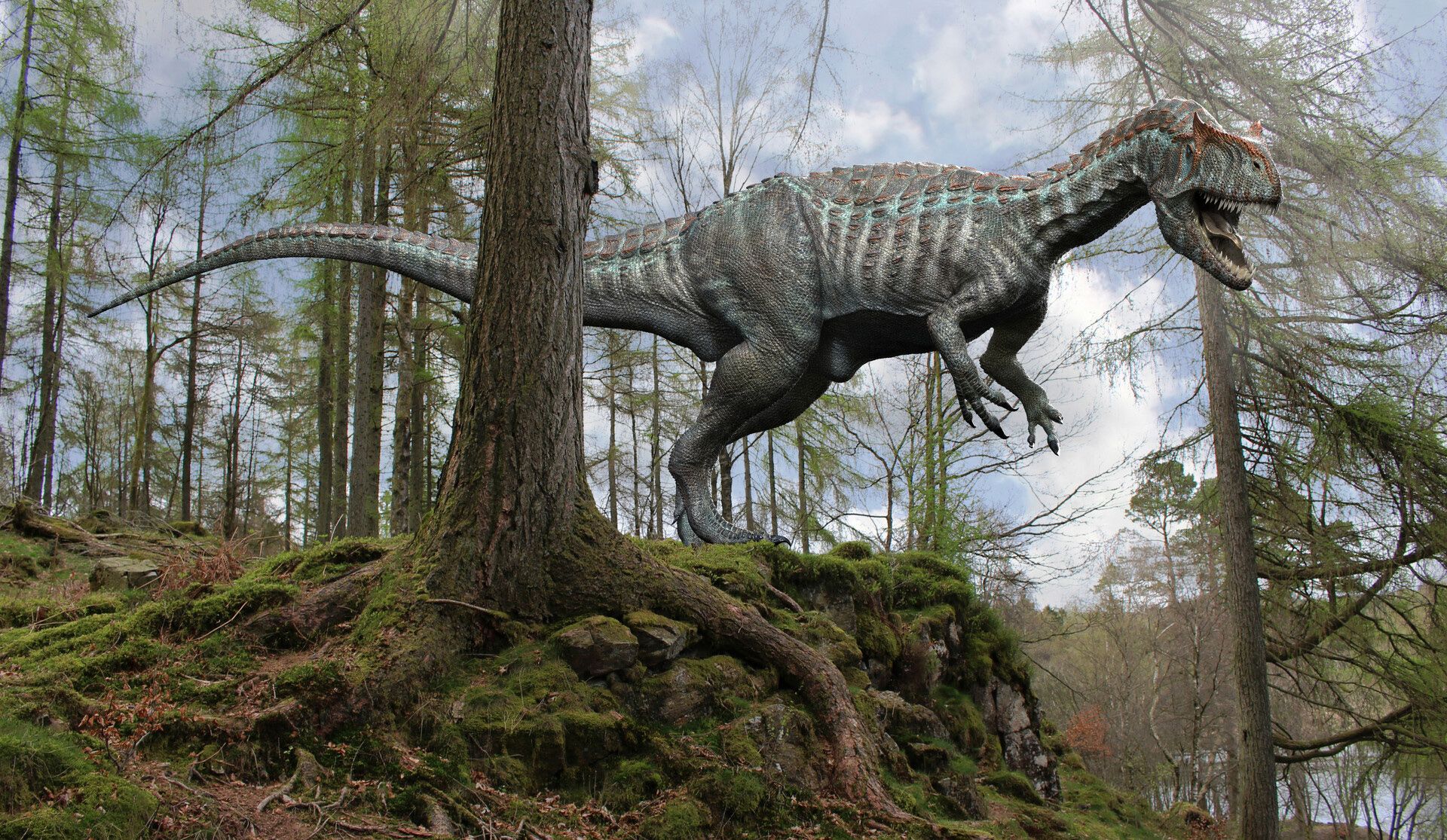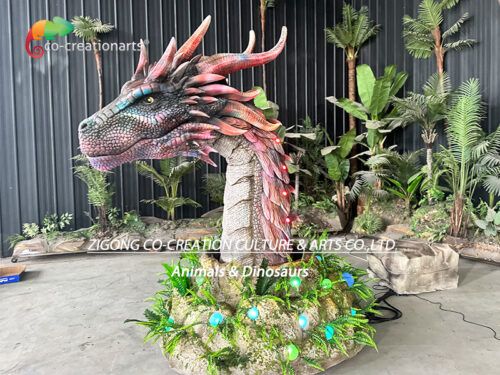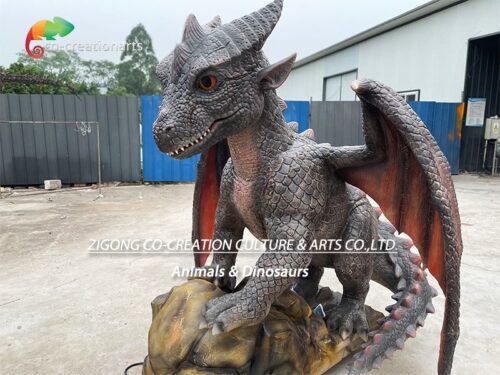
What’s so special about Allosaurus
Allosaurus, whose name means “other reptile,” lived in western North America during the Late Jurassic period between 156 million and 145 million years ago. Its remains have been found in Colorado, Utah, Wyoming and Montana.


Dr. Larry D. Martin, senior curator of vertebrate paleontology at the University of Kansas Museum of Natural History: At that time, Allosaurus was unmatched in its ferocity. Allosaurus is really the first large carnivorous dinosaur ever found, and its skeleton is relatively intact. It was a Tyrannosaurus Rex before Tyrannosaurus Rex, both in terms of geologic time and when it was discovered.


Dr. Thomas HOLTZ, VERTEBRate paleontOLOGIST, UNIVERSITY of Maryland: Allosaurus was very muscular and could hunt large herbivores, like the three-ton stegosaurus. Allosaurus was the top predator of its time, and it had a lot of very useful predatory qualities, powerful jaws, very sharp teeth. It had large claws on its forelimbs that were very effective at grabbing and tearing prey, so it had all the good qualities of a hunter in one.

Allosaurus had the longest arms among the large predatory dinosaurs. Most predatory dinosaurs had short arms and were not very effective weapons. But Allosaurus was different. It had three huge claws on each of its forelimbs. You don’t have big claws to play the piano, you have big claws to rip the heads off.
Dr. Mark LOWEN, Research Associate at the Natural History Museum of Utah: I think the way to think about Allosaurus is that it’s a Wolf
Zoom it up to four tons, make it bipedal, replace it with long clawed arms like Edward Scissorhands, and then attach the head of an alligator to the carnivore.








